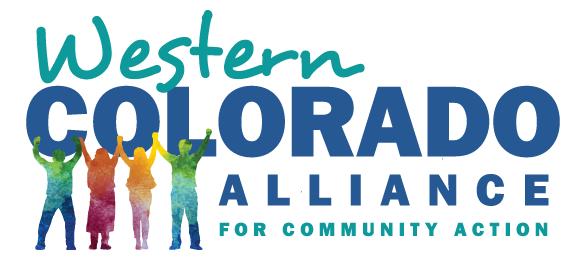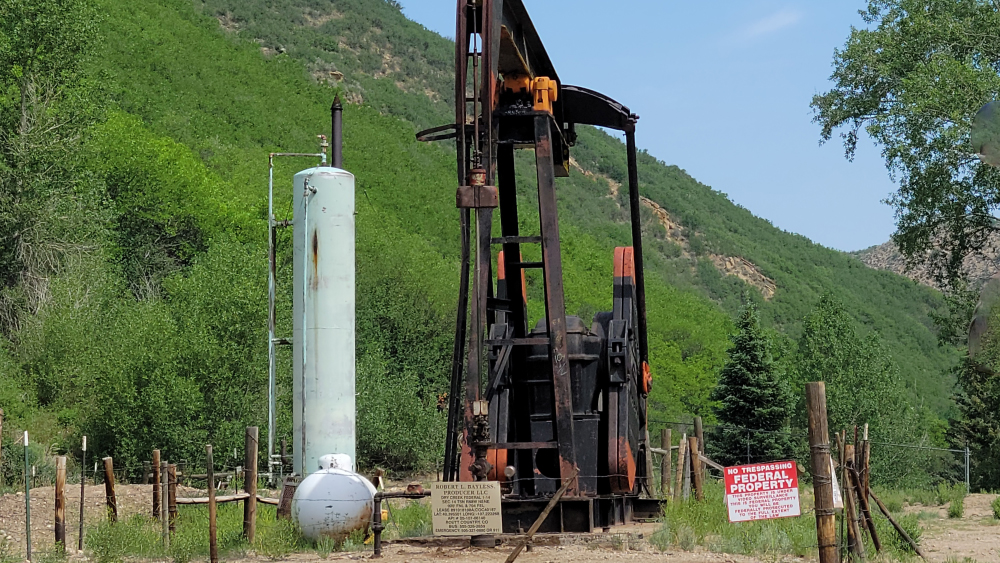- An Alliance For Community Action
- (970) 256-7650
- info@WesternColoradoAlliance.org
The bond that breaks
The tortoise and the hare are meant to be parables, not working models. In the case federal rules governing oil and gas leasing on public lands, the rules have run the race far longer than they should have. The Bureau of Land Management (BLM) has not updated its oil and gas regulations comprehensively since 1988.
In July, the Department of Interior announced new oil and gas leasing rules to fix a broken bonding and leasing system. These long-awaited rules will protect taxpayers from cleaning up the industry’s mess, provide adequate money to clean up abandoned oil and gas sites, direct leasing to appropriate locations, and encourage responsible development by companies that are prepared to reclaim and restore the lands they disturb.
Our Alliance has been working for these changes for decades and welcomes these overdue rules. In the words of our Alliance’s own Barbara Vasquez: “We look forward to the BLM enacting the increased bond requirements included in the new rules in the hopes that public health, the environment, and the taxpayers’ wallets will be meaningfully protected.”
The Bureau of Land Management leases areas of land for extraction of raw materials and resources, including oil and gas. Each lease has regulated costs for the value of the land occupied and the resources extracted, and there is an upfront fee called a “bond.” This bond money is meant to be an assurance to pay for any damage done during the leasing term, each gas well is bonded for $10,000. For the oil and gas industry, it’s cheaper and easier to work the loopholes. Paying the minimum bonding cost and paying a paltry fine for not finishing their clean-up is much more appealing to the industry than settling the tab for $145,000 per well. But when industry walks, that bill falls to the taxpayers. The DOI is currently expending $250 million in taxpayer funds to clean up orphaned wells on federal public lands.
Western Colorado has relatively low costs for closing wells and rehabilitating the land after extraction, something to the tune of $20,000 per well in 2022, but we still don’t see oil and gas corporations laying in the beds they’ve made, instead saddling people like us with the remaining costs.
The BLM has finally started to address this chasm of cost with these new rules. Specifically, the rules will:
- Set the minimum bond amount for any well at $150,000
- Set minimum statewide bonds at $500,000 for any one operator
- Eliminate blanket bonds
- Adjust the royalty rate to 16.67%
- End speculative oil and gas leasing on public lands with low development potential
This rulemaking shows the BLM intends to adopt new procedures and requirements to address those issues. This rule applies to a massive amount of land — roughly equal to Colorado, New Mexico, and Wyoming combined — and is a solid step towards protecting financial interests of taxpayers and promoting more diligent development requirements for sustainable leasing practices. These updates will save the BLM more than $2.7 million each year.
The next step for Colorado residents to have a say in this rulemaking comes on August 29, when the BLM will host another meeting in Denver. We are looking for Western Colorado residents who want to make a difference for our public lands by joining us at this important meeting. Join us by contacting Laura Bloom for more information.
Laura Bloom is a life-long Western Slope resident with experience from Washington, DC. She has several science degrees, but her passions lay in forming relationships and educating people with all backgrounds and values. She has a person-centric approach, and she is excited to lend that to our Alliance as a Regional Organizer working on energy and climate issues. When not working, she enjoys hiking, reading, baking, and spending time with her dogs.



